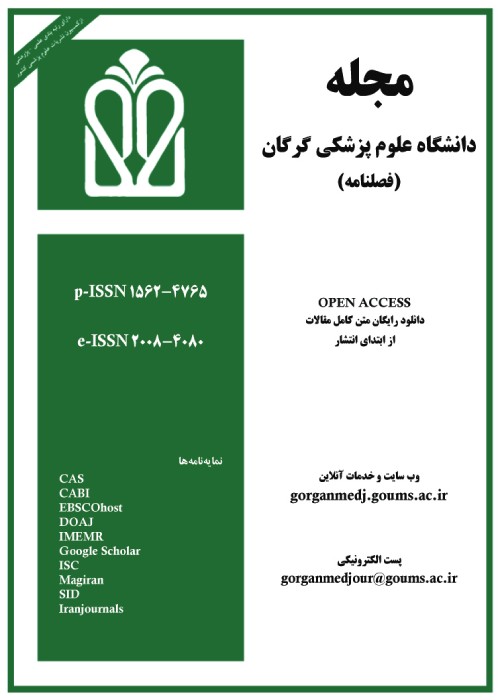Effect of Silver Nanoparticles on the Kidney Tissues of Quercetin-Treated NMRI Rats: A Stereological Study
Considering the increasing use of silver nanoparticles in various products, including industrial and medical products, serious worries have been created regarding the potential dangers of silver nanoparticles. This study was conducted to determine the effect of silver nanoparticles on the kidney tissues of quercetin-treated NMRI rats.
In this experimental study, 24 adult male NMRI rats were randomly divided into 4 groups of 6. The groups included the control group, the silver nanoparticles group (500 mg/kg/bw), the quercetin group (50 mg/kg/bw), and the silver nanoparticles (500 mg/kg/bw) + quercetin (50 mg/kg/bw) group. Silver nanoparticles were fed orally on a daily basis for 35 days. Quercetin was injected intraperitoneally on a daily basis for 42 days. At the end of the study, after taking blood from the rats, the dissection, tissue passaging, and Heidenhain’s Azan staining stages were carried out. The total volumes of the kidney, cortex and medulla, renal corpuscle, and glomerulus were evaluated by a stereological method. A qualitative assessment of apoptotic cells was performed using the tunnel method. The amount of malondialdehyde (MDA) in blood serum was specified as an indicator of lipid peroxidation by the Buege and Aust method.
Comparing the body weight and kidneys, and the total kidney, cortex, and medulla volumes showed no statistically significant difference between the silver nanoparticles group and the control group. The silver nanoparticles group showed a significant increase in the total mean renal corpuscle volume, glomerular volume, tuft volume, Bowman’s capsule membrane volume, and the amount of MDA compared to the control group (P<0.05). Also, a statistically significant reduction was observed in the silver nanoparticles group in the total mean volume of Bowman’s capsule and capillary spaces compared to the control group (P<0.05). Quercetin could reduce the detrimental effects of silver nanoparticles on kidney cells as much as the control group; however, apoptosis was not shown in kidney cells in the group treated with quercetin. Assessing the cells in the silver nanoparticles group indicated the creation of apoptosis. The amount of serum MDA in the silver nanoparticles group showed a statistically significant increase compared to other groups (P<0.05).
The results of this study demonstrated that quercetin could reduce the detrimental effects of silver nanoparticles on kidney cells as much as the control group.
Nanoparticles , Silver , Quercetin , Kidney , Mice
- حق عضویت دریافتی صرف حمایت از نشریات عضو و نگهداری، تکمیل و توسعه مگیران میشود.
- پرداخت حق اشتراک و دانلود مقالات اجازه بازنشر آن در سایر رسانههای چاپی و دیجیتال را به کاربر نمیدهد.



